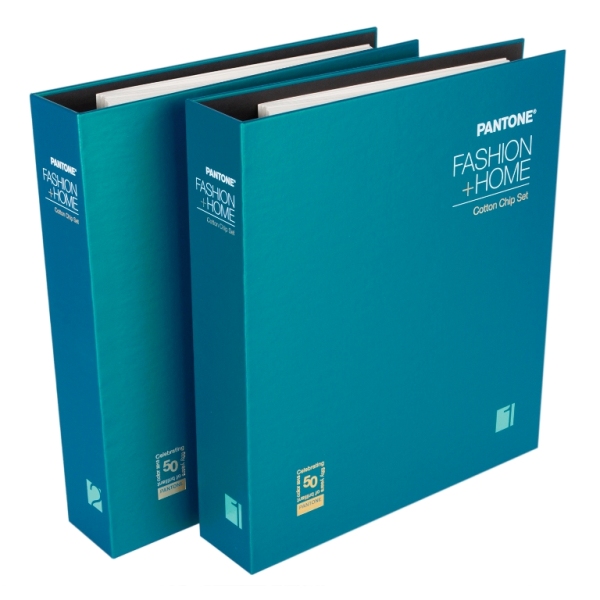Uncertainty Measurement of a Balance
The OIML R-76:2006 is a standard published by the International Organization of Legal Metrology (OIML) that specifies the requirements for the testing and verification of non-automatic weighing instruments, including balances. The standard covers various aspects of the balance, including its performance requirements and uncertainty measurement.
Uncertainty measurement is a critical aspect of balance calibration and verification, as it helps to determine the level of confidence in the accuracy of the measurements provided by the balance. The uncertainty of measurement is a quantitative expression of doubt about the result, and it takes into account various factors that can influence the measurement process.
The uncertainty of measurement for a balance can be affected by several factors, including:
Repeatability: The ability of the balance to provide consistent readings for the same weight under the same conditions.
Linearity: The ability of the balance to provide accurate readings across its entire weighing range.
Eccentricity: The effect of the off-center placement of the weight on the balance pan on the measurement result.
Sensitivity: The smallest weight increment that the balance can detect reliably.
Temperature: Changes in ambient temperature can affect the balance's performance and contribute to uncertainty.
Environmental conditions: Factors like humidity, air currents, and vibrations can also impact the balance's measurement accuracy.
Calibration: The accuracy of the calibration standards used to calibrate the balance.
OIML R-76:2006 specifies methods and requirements for evaluating these factors and determining the combined uncertainty of measurement for the balance. The standard outlines procedures for balance testing, calibration, and verification. It provides guidelines on how to calculate and express the uncertainty of measurement based on the results obtained from these tests.
It's important to note that different laboratories and metrological institutions may use slightly different methods for uncertainty evaluation, but the principles and guidelines provided in the OIML R-76:2006 standard serve as a basis for achieving reliable and consistent uncertainty assessment for balances.
If you are specifically looking to determine the uncertainty of measurement for a balance according to the OIML R-76:2006 standard, it is recommended to refer directly to the standard itself or consult with a qualified metrologist or calibration expert who is familiar with the specific requirements and procedures outlined in the standard.







